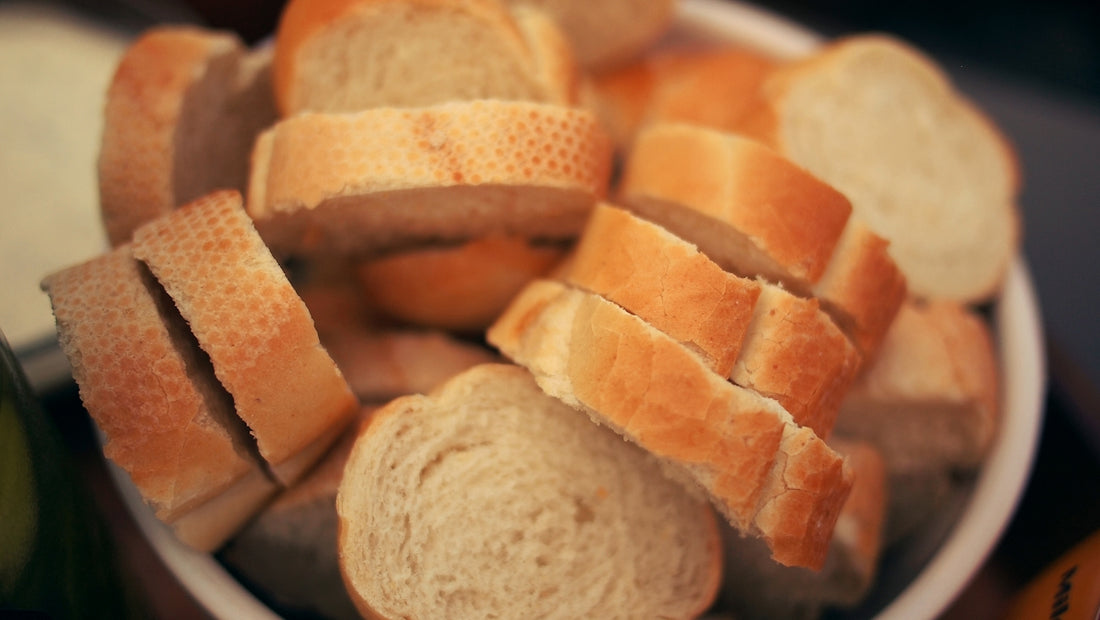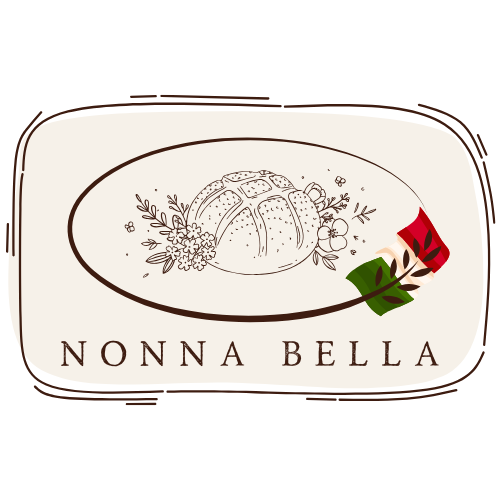
Easy Sourdough Bread: Top Scoring Techniques for Amateurs
Welcome to My Sourdough Life, where passion meets precision in the art of homemade sourdough! Whether you're a beginner naïvely experimenting with wild yeast fermentation or a seasoned baker refining your sourdough fermentation processes, this blog post is your go-to guide. Our focus today is on easy sourdough bread and the top scoring techniques that will elevate your bread from novice to artisan. This guide is meant to inform, inspire, and empower you on your homemade sourdough journey.
Understanding the Sourdough Starter
Before diving into the nuances of sourdough bread scoring, it's vital to understand the backbone of all sourdough creations—the sourdough starter. Essentially, a sourdough starter is a living culture of flour and water that acts as a natural leavening agent. It’s responsible for the intricate bubbles and tangy flavor in your bread.
How to Feed and Store Your Sourdough Starter
Feeding and maintaining your sourdough starter is the first step in ensuring perfect sourdough bread. Here's a simple sourdough starter feeding schedule you can follow:
- Feeding: Combine equal parts of filtered water and flour every 12 hours. For example, add 100g flour and 100g water to your starter.
- Storage: If baking daily, the starter can be stored at room temperature. For less frequent baking, refrigerate the starter and feed it once a week.
- Tools Needed: Enhance your sourdough experience with the Nonna Bella Dehydrated Sourdough Starter and watch your bread come to life with an age-old Tuscan culture.
For a comprehensive guide on how to store sourdough starter and sourdough starter troubleshooting, visit our full range of products here.
The Art of Sourdough Fermentation
Sourdough fermentation is a delicate, yet rewarding part of bread making. This process transforms simple ingredients into a complex loaf with a beautiful crumb structure and flavor. The success of this process comes down to patience and understanding how to ferment bread properly.
Sourdough Baking Tips
- Room Temperature: A warmer environment speeds up fermentation. Aim for a room temperature of 21-24°C (70-75°F).
- Bulk Rise: Allow the dough to rise until it has doubled in size. This usually takes 3-5 hours but can vary widely based on conditions.
- Use the Right Tools: Consider using the 12Inch Ceramic Pizza Stone for an evenly baked crust and to optimize the heat during baking.
How to Shape and Score Sourdough Bread
Once your dough has bulk fermented, shaping and scoring are key steps to achieving that sought-after artisan look.
How to Shape Sourdough Bread
- Lightly Flour Your Surface: Use the Non Stick Silicone Baking Mat for an easy-release surface.
- Shape with Gentle Tension: Flatten your dough and create surface tension by rolling it tightly.
- Rest and Proof: Place your dough in a proofing basket and let it rest.
Best Sourdough Scoring Techniques
Scoring allows bread to expand and create unique designs while baking.
- Tools & Patterns: Use a sharp blade or a baker's lame. Begin with simple patterns like a single slash or a cross.
- Experiment: As you become more comfortable, explore more intricate designs.
Troubleshooting Your Sourdough Bread
Much like any baking endeavor, sourdough comes with its challenges. Let's tackle some common issues:
- Dense Loaf: This often means the dough was under-fermented. Ensure it's given enough time to rise.
- Flat Bread: Too much proofing can cause a dense, flat loaf. Find the right balance through trial and error.
- Yeast Comparison: Understanding sourdough starter vs yeast helps troubleshoot rise issues. Unlike commercial yeast, the wild yeast in sourdough requires more time and patience.
Sourdough for Diabetics
Sourdough bread can have a lower glycemic index compared to regular white bread, potentially making it a better choice for those managing blood sugar levels. Always consult a nutritionist to see how homemade sourdough fits into your dietary need.
Perfect Your Easy Sourdough Bread
Achieving the perfect loaf of easy sourdough bread relies on understanding each step, from feeding your starter to scoring your dough. With practice, the proficiencies of artisan bread baking will soon become second nature.
Must-Have Products for Sourdough Baking
Enhance your sourdough baking experience with these essentials:
- Nonna Bella Enameled Cast Iron Dutch Oven: Perfect for achieving a crusty and beautifully risen loaf.
- 12Inch Ceramic Pizza Stone
For more delightful sourdough experiences, explore at Italian Sourdough.
Unleash your baking prowess and create marvels with homemade sourdough bread. Dive into this world where each loaf tells a story of nurture and care. Buon appetito!
